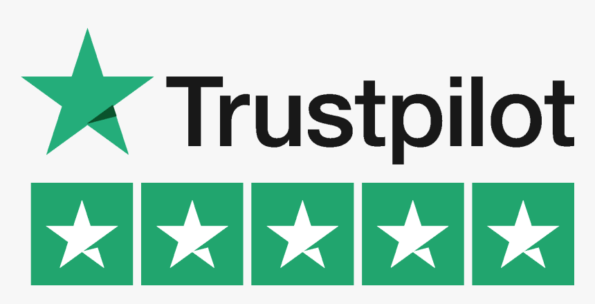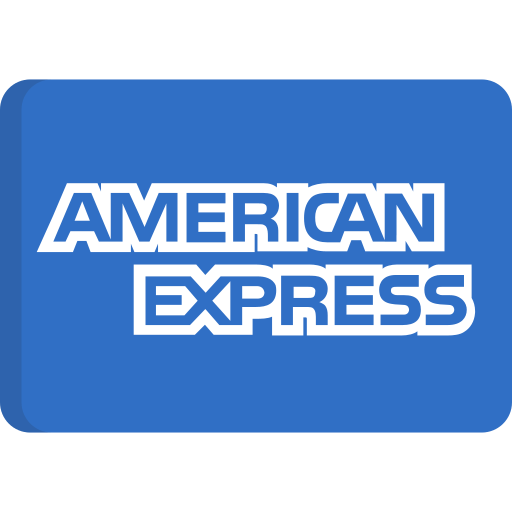Buying Guide
Step 1: Smell.
Real leather smells like leather i.e., raw, natural, and musty whereas, fake leather will smell like plastic and chemically-treated material or sometimes it smells slightly like vinyl because of the chemical colour coat. Low-quality leathers may have a light leather smell, as some producers use a lower quality cheap hide, however fine leather, always have rich and pungent smell. So Never settle for a leather product which doesn’t smell legitimate.
Step 2: Look at the Leather.
This is obvious, yet very important to closely examine any leather goods you’re considering to buy. Watch out for a leather whose finish looks like painted or coated. If possible, pull and bend the leather. It shouldn’t have any signs of breaking or tearing.
High-quality leather should also feel heavy, because of the high density of the fibers. Lightweight leather is often of poor quality. More often, it feels a bit spongy as well.
Step 3: Check the Product’s Stitching.
A good quality leather product should have straight-line stitches. Hand-made leather products are far more durable, and they often have superior styles. If a product is machine-sewn, make sure its bottom thread looks decent. At times, cheaply produced, bulk leather goods have messy stitching on the bottom.
Step 4: Check the Product’s Edges.
Product edges may tell some important information. Skilled leather craftsmen, always make perfect and well-defined edges. Blue edges indicates that tannery didn’t let the leather tan properly. Sometimes, leather edges are painted to hide any blemishes.
To make sure the leather is durable, gently run your thumbnail across the edging. Make sure the paint isn’t lifted, and double-check the product’s durability.
Step 5: The price of leather speaks volumes.
This may seem obvious, but the buying cost of high-quality leather is more or less fixed. For instance, a $50 leather bag claiming to be genuine is most probably fake or made with substandard cheap quality leather with a high amount of chemicals.
Step 6: Burnishing
It’s critical for leather goods to have burnished and polished edges. This essentially creates a shield to protect the leather from the elements. If the edges aren’t correctly burnished or polished, moisture can seep in and cause rotting. The sealing is important for the durability of the leather good, but the.
In premium quality products, edges visually “fuse” multiple layers of leather into one; getting this right is difficult, and only experienced artisans are able to produce such results. The use of edge dye is optional and is mainly for aesthetics.
The cost, quality, and aesthetics of leather depending on various aspects including the type of animal hide, tanning process, and finishing touches. Hopefully, this guide will address all your concerns from understanding leather grades and manufacturing processes to identifying and buying genuine leather.
Basic Leather Qualities.
Leather is a material loved by many for its flexibility and durability. It is made from tanning animal skins or hides.
In industrial terms, “hides” are skins of large animals e.g. cow, buffalo; and the term “skins” refer to skins of smaller animals: goat, sheep, deer, pig, fish, alligator, snake, etc.
Leather has four basic grains or qualities; those are full-grain leather, top-grain leather, genuine leather, and corrected-grain leather.
Cowhide – Top quality
Cowhide leather originates from cow skin (hide). There are many different products that include cowhide leather, such as furniture, car seats, and luxury fashion items. Cowhide leather is the best choice of leather when buying a purse or handbag and it is considered to be the highest quality type of leather as it is very durable and gives off a very luxurious appeal. The texture should be noticeable and you should be able to feel the roughness of it pretty easily.
Luxury fashion brands such as Louis Vuitton, Prada, and Gucci all use top quality cowhide leather for their products.
Lambskin / Goatskin – 2nd Best quality After Cowhide
Lambskin or Goatskin leather originates from sheep or Goat and it can be appealing due to the soft texture. The major downfall of lambskin leather is that it is not very durable and it can easily be torn or deformed. This is a major reason why cowhide leather is a better and more widely used for purses and handbags compared to lambskin leather.
Patch Leather – 3rd Best after cowhide and lamb/goatskin
Patch leather may be made up of cowhide or lambskin leather. This type of leather is a much more affordable type of leather as it is made up of multiple smaller pieces of leather and it can also be high in quality as well. It is not very common for Patch Leather to be used for handbags.
Faux leather – Artificial leather so it’s not durable and strong like original leather.
Faux leather is not really a type of leather as it is artificial leather. There are many items that are actually made out of faux leather. This is artificial leather which can often provide a luxurious appeal that makes it seem to be just as high quality as cowhide leather. If the leather has no deformities or any creases, then it is a good indicator that it is made of faux leather.
The benefits of faux leather products include the product being very durable and being more affordable. Also, if you are against animal use for goods then you do not have to worry about the animal’s skin being used for leather.
Full-grain leather (Premium quality)
It is the most popular type of leather. Full-grain leather is characterized by its luxurious, smooth surface and it has minimal flaws if any. It has not been snuffed, sanded, or buffed to remove any natural marks or imperfections from its surface. Its fibers are stable and durable because the grain has not been removed. This type of leather does not wear out easily. It develops a patina with age which makes it more beautiful, it also gives the leather an aesthetic look.
Top-grain leather (most common)
It is more pliable and thinner as its layer is separated away. Its surface is sanded, and a finish coat is added to make it less breathable with a plastic feel and this makes it seem cooler. Also, it also develops a patina that protects it from damage and corrosion making it last longer. It has better stain resistance and is less expensive than full-grain leather. Many people prefer buying this type of leather as it is durable and readily available.
Genuine leather (not a statement about its authenticity)
Genuine leather is made from a real leather. In a class of real leather products, genuine leather products are the lowest in quality. These products are made from the leftover of leather after the high-end products are made. The products manufactured from it do not look or feel as pleasing compared to those made from high-quality leather.
Likewise, products made from genuine leather do not last as long as full grain and top grain leather before they wear out. However, this type of leather is the most affordable and widely available.
Corrected-grain leather (it has corrected imperfections)
Corrected-grain leather is also referred to as the lesser-known grain. It is a special type of leather, which is corrected and fixed by experienced leatherworkers to better its functionality and aesthetic qualities. Imperfections are usually sanded off and then corrected. An artificial grain is embossed on the top and dressed-out using dyes and/or stains.
Pros and Cons of buying Leather Product over Non-Leather Products.
| Sr No. | YOU GET | LEATHER | NONE LEATHER |
|---|---|---|---|
| 1 | Durability and Longevity | 100% | Moderate |
| 2 | Biodegradability | 100% | Depends upon the material |
| 3 | Never goes out of style | 100% | Gets frequently upgraded with the new arrivals |
| 4 | Defines your look | 100% | For limited time only |
| 5 | Versatile | 100% | Versatile |
| 6 | Price | Expensive | From high to low |
| 7 | Trouble with water | Yes | Depends upon the material |



